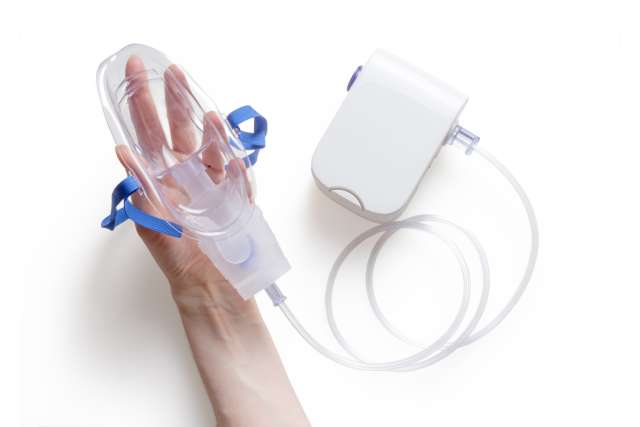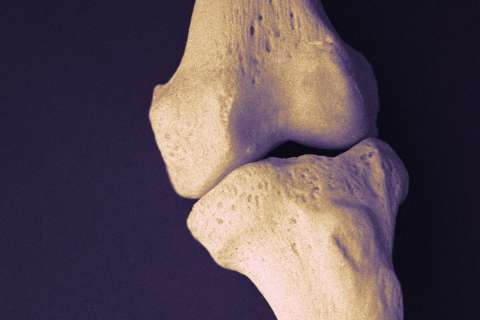Dear Doctors: I get crushing headaches every fall, which I've always assumed are part of having allergies. But a specialist at our local medical center diagnosed me with cluster headaches. She says oxygen is a good therapy. What about meds? This is all new to me, and any information will be helpful.
Dear Reader: Cluster headaches are a severe form of headache in which pain is concentrated on one side of the head. Your use of the word “crushing” is not an exaggeration, as these types of headaches are notoriously painful. The attacks, which typically last from one to three hours, occur in groups, or clusters. They can arise repeatedly throughout a single day, or they may recur every few days.
Cluster headaches can also occur in regular cycles, as has happened in your case, arising at certain times of year. The cycles can last for several weeks or several months. This can lead to these types of headaches being mistakenly linked to other health conditions, such as allergies.
The cause of cluster headaches is not yet clear. They are fairly rare, affecting just 0.1% of the population, which makes them difficult to study. Due to their cyclic nature, the region in the brain that oversees the body's biological clock, known as the hypothalamus, is believed to play a role. Cluster headaches occur more often in men than in women, and studies suggest a genetic component may be involved.
Nasal congestion, watery eyes and inflammation of the blood vessels that serve the eye area often accompany these headaches. Diagnosis involves a detailed review of the person's symptoms and medical history. Additional tests, including brain scans, are often used in order to exclude other potential causes.
Treatment focuses on easing pain during a headache, and on preventing future attacks. The oxygen therapy your doctor recommended is the most common approach to treating this type of headache pain. The oxygen, at 100% concentration, is delivered via a face mask at the first signs of pain. It is estimated that 75% to 80% of patients report complete relief from pain after 15 to 20 minutes of oxygen treatment. Oxygen therapy has no side effects and is readily available in emergency rooms and many urgent care clinics. An oxygen cannister can also be kept at home. While effective for cluster headaches, oxygen therapy does not offer similar relief for migraine.
When oxygen is not available, a class of drugs known as triptans are often prescribed. For swift absorption, these are administered as a nasal spray or injection. Unfortunately, over-the-counter pain medications are not effective. Neither are medications that contain narcotics. In fact, medications that contain narcotics may generate additional attacks.
Prevention involves identifying and avoiding potential headache triggers, particularly during a known cycle. These can include alcohol, bright light, cigarette smoke, powerful scents and changes in altitude. Galcanezumab, a migraine drug, and the blood pressure medication verapamil may help prevent cluster headaches. Steroids, such as prednisone, may help extend periods of remission. Now that you have an accurate diagnosis, your doctor will advise you on the best treatment regimen.
(Send your questions to [email protected], or write: Ask the Doctors, c/o UCLA Health Sciences Media Relations, 10960 Wilshire Blvd., Suite 1955, Los Angeles, CA, 90024. Owing to the volume of mail, personal replies cannot be provided.)





